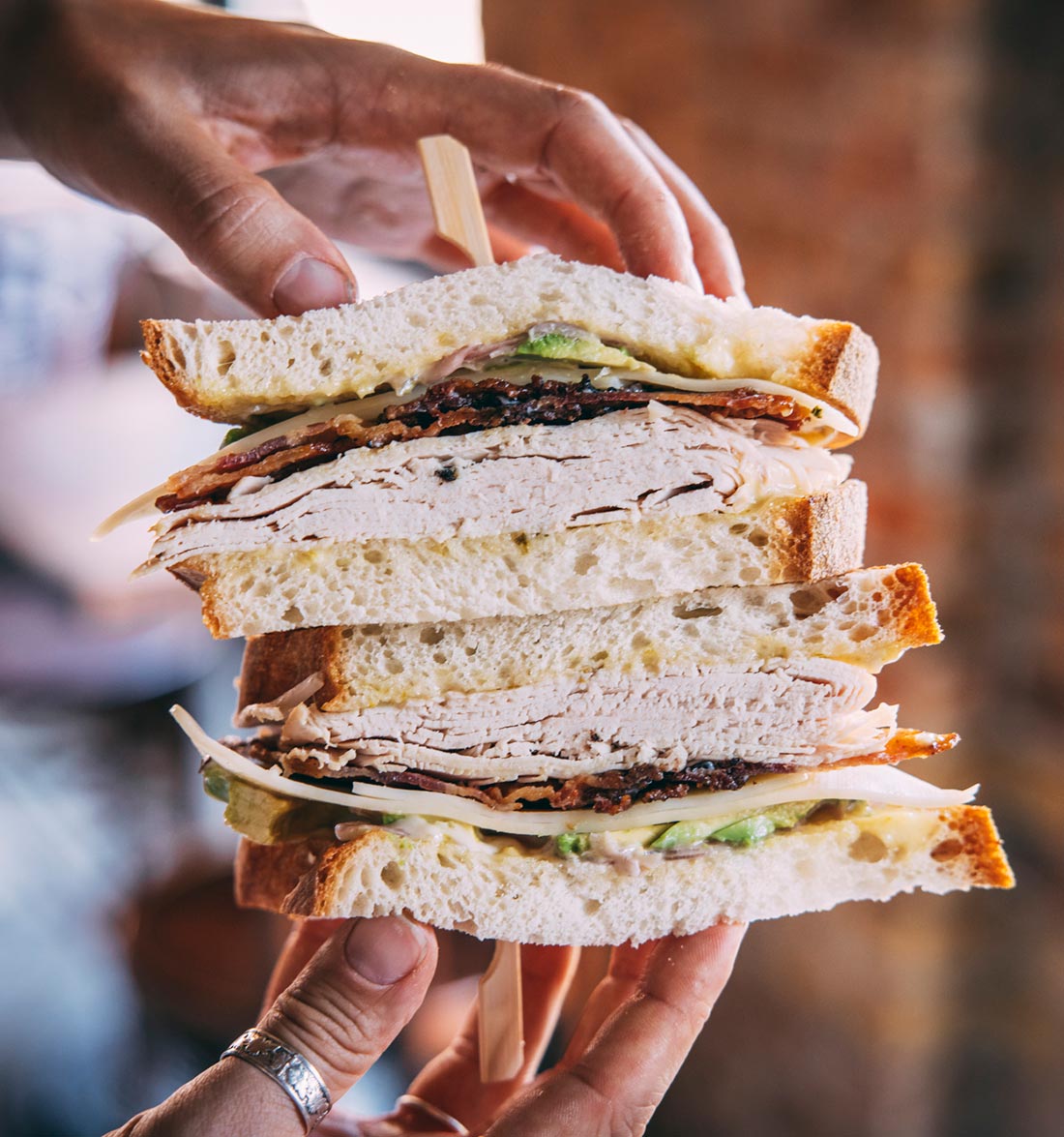Yet the labels confuse more than they inform, shrouded by the lack of clarity in what exactly they mean. Here, we dissect the labels and unscramble the confusion surrounding our kitchen staples.
Barn-laid Eggs
The term ‘barn-laid’ refer to hens that are raised in furnished but enclosed spaces. There’s more space for them to frolic and are even provided with features like nesting boxes, perches and scratching pads. While it’s a good alternative to caged eggs, the egg-laying hens are still packed in high densities without access to the outdoors and are still unable to forage, scratch and peck as they would in a free-range housing system.

Cage-free eggs are from hens that live in spacious environments and in theory, are free to strut around with perches and nests to roost. For the ethically minded, that sounds like a viable grocery option even if these eggs might come at a higher price. However, these housing systems and generous features are up to the individual producer to enforce so while the label might seem alluring, doing some research into the brand you’re after would better allow you to make an informed choice.
Free Range Eggs
Free Range hens roam in large, open-range barns with access to the outdoors, and can forage within a ranging area. They travel in and out of the barn at free will, or spend parts of their day in fresh air, which allows for its diet to be a mix of grain and rice, and resulting in darker yellow, orange yolks. In places like the European Union, the chickens’ access to such features are legislated to ensure that each bird has at least four square metres of space.

Pastured eggs are from hens that live in pastures for most of their lives, in a way that’s most natural to them. This means, they hunt and peck around for food with a natural diet of plants and insects along with some commercial feed. They head back to the hen house at night to roost and lay eggs. Some researchers have shown that eggs from pastured hens are far more nutritious with generous amounts of vitamin D and A packed in amber yolks and bouncy whites from their varied diet.
Battery Farmed Eggs
Battery cages are housing systems where hens are kept in identical rows and columns of cages. It’s the most common form of production for egg-laying hens, making up 95 per cent of all output in the US in 2014. This is the egg industry’s most controversial housing system and draws the ire of animal rights organisations. Still, the world’s desire for affordable eggs in the quantities that’s consumed daily means that this would remain the most popular form of farming even as the voices of ethically minded consumers become more prominent and producers move away from such housing systems.






















